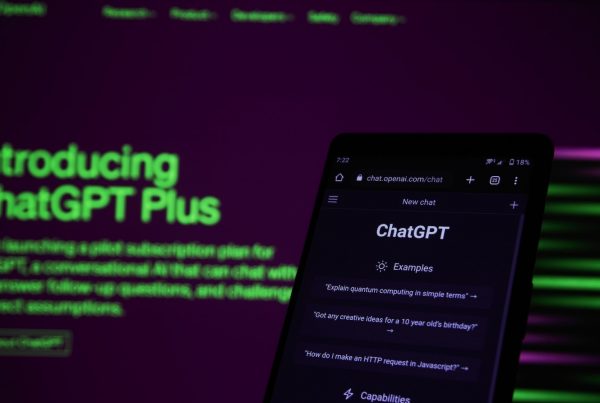Protest literature could soon have a new chapter – on blog studies. Today, blogs are doing what newspapers, journals, posters and pamphlets did during earlier revolutions and struggles. They are bringing out cases of injustice, giving voice to the thoughts of many. They are encouraging people to stand up for their own rights and march against authoritarian regimes.
What makes the blog suitable for such a role?
In most revolutions, protests, and uprisings, there are two sets of audiences. One actively participates in the protests, marches down streets, braves the fire, and is at the heart of the battle. These folks are completely committed to the cause and translate their thought into action. The second set is more of a mixed bag – some of its members are convinced about the cause but do not want to be part of the street battle, some are merely interested, and some are far removed from the scene of action but eagerly watching the developments.
Blogs connect with both of them. For protestors and their supporters, it is reinforcement – through words. It fuels the cause further and encourages them to go on till the end. For the armchair protestors and supporters, it is communication that keeps their interest alive and helps them engage with the movement in their own not-so-active way.
Perhaps, this is why blogs have turned into such powerful political tools. They bring the armchair protestors closer to the action and let the drama unfold for them. As these folks (usually) are more in number compared to the ones actively marching for the cause, it is essential to engage with them if not convince them. Their opinions, though passive, count.
This is what traditional media did during the times of the Indian freedom struggle. Mahatma Gandhi had his Young India and Harijan to talk to the authorities as well as the masses; Sarojini Naidu penned poems; poets wrote verses in praise of their motherland; and many leaders shared their views through publications. Such efforts took the messages to India’s corners and villages, giving the struggle a national hue and helped the masses stay connected.
Modern-day blogs are playing a similar role, helping the message spread outward from ground zero. And the instant, personal nature of communication makes it more impactful.
It won’t be surprising then, if a couple of years from now, we examine blogs and even tweets in history classes to study uprisings such as the one in the Middle East.



